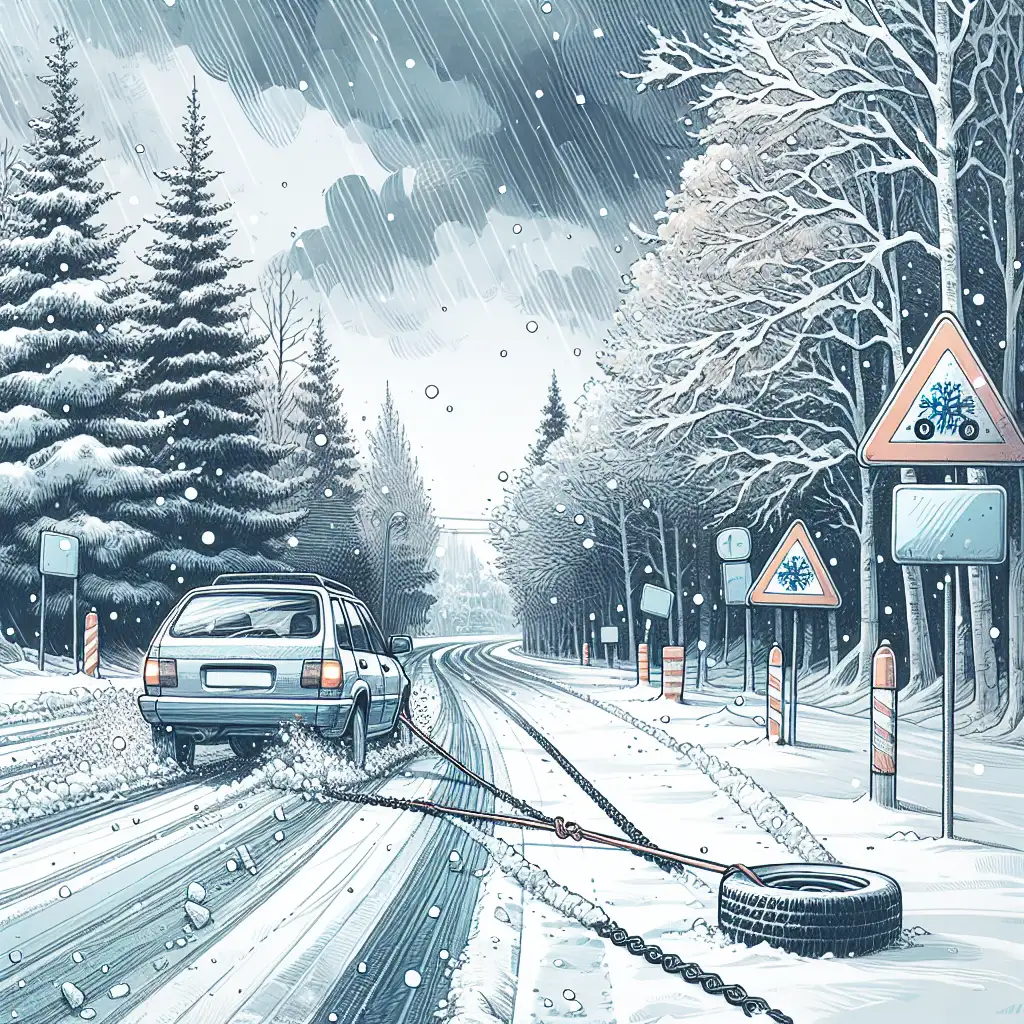Winter Driving Tips: Maintaining Traction and Control
Learn how to adjust your driving and maintenance routine for icy conditions to ensure safety and control on the road.

Winter driving can be challenging, especially when roads are icy and traction is compromised. Understanding how to adjust your driving habits and vehicle maintenance routine is crucial for staying safe during the colder months. This guide will provide you with essential tips to maintain traction and control while driving in winter conditions.
Understanding Winter Road Conditions
Winter roads can be unpredictable, with ice, snow, and slush creating hazardous driving conditions. It's important to recognize that these elements can significantly reduce your vehicle's traction, making it harder to control. Black ice, a thin layer of ice on the road, is particularly dangerous as it is nearly invisible and can catch drivers off guard.
Adjusting Your Driving Habits
Slow Down and Increase Following Distance
One of the most effective ways to maintain control on icy roads is to reduce your speed. Driving slower gives you more time to react to sudden changes in road conditions. Additionally, increase your following distance to at least six seconds behind the vehicle in front of you. This extra space allows for more time to stop safely.
Use Gentle Movements
Avoid sudden movements with the steering wheel, brakes, and accelerator. Gentle, gradual inputs help maintain traction and prevent skidding. If you need to brake, do so gently and avoid slamming on the brakes, which can cause your wheels to lock up and lose traction.
Know How to Handle Skids
If your vehicle begins to skid, it's important to stay calm. For a rear-wheel skid, steer in the direction you want the front wheels to go. For a front-wheel skid, ease off the accelerator and steer in the direction you want to go. Avoid overcorrecting, which can worsen the skid.
Vehicle Maintenance for Winter Driving
Check Your Tires
Tires are your vehicle's only contact with the road, so ensuring they are in good condition is vital. Check the tread depth and consider switching to winter tires, which provide better traction in snow and ice. Also, ensure your tires are properly inflated, as cold temperatures can cause tire pressure to drop.
Inspect Your Brakes
Brakes are crucial for maintaining control, especially in slippery conditions. Have your brakes inspected by a professional to ensure they are functioning correctly. Worn brakes can significantly increase stopping distances on icy roads.
Keep Your Windshield Clear
Visibility is key to safe driving. Make sure your windshield wipers are in good condition and replace them if necessary. Use a winter-grade windshield washer fluid that won't freeze in low temperatures. Keep your windshield and windows clear of ice and snow before driving.
Emergency Preparedness
Being prepared for emergencies is an essential part of winter driving. Keep an emergency kit in your vehicle that includes items such as a blanket, flashlight, extra batteries, snacks, water, and a first-aid kit. A shovel and ice scraper can also be invaluable if you get stuck in snow.
Conclusion
Driving in winter conditions requires extra caution and preparation. By adjusting your driving habits, maintaining your vehicle, and being prepared for emergencies, you can help ensure your safety and maintain control on icy roads. Remember, the key to safe winter driving is to stay informed and be proactive in your approach to handling winter weather challenges.
 CarChooser
CarChooser